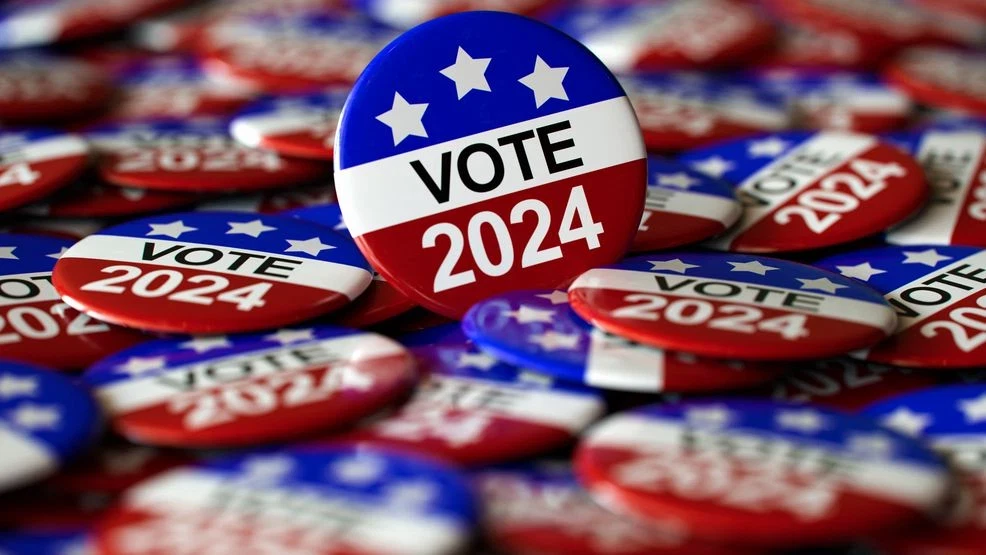Election Day Approaches: A Closer Look at Early Voting Options Across the U.S.
As the 2024 U.S. presidential election nears, millions of voters are preparing to cast their ballots on Election Day, Tuesday, November 5. However, for those looking to avoid potential long lines and delays, early voting has become an increasingly popular option, with many states already having started their early voting periods.

Early voting allows eligible voters to cast their ballots ahead of Election Day, either in-person or via mail, depending on state rules. Early voting has been on the rise, particularly since the 2020 presidential election, when pandemic concerns led to a surge in early and mail-in voting. That trend has continued into 2024, with nearly every state offering some form of early voting.
According to recent data, by the time the election rolls around, up to 97% of registered voters will have had the opportunity to vote early in their state, whether in person or by mail. This provides more flexibility, allowing people to participate in the electoral process without the added stress of waiting until Election Day.
Texas is one of the key battleground states, with early voting set to begin on October 21. This period will last until November 1, giving Texans ample time to make their voices heard before Election Day. Like many other states, Texas offers in-person early voting at designated polling locations, and voters can also request absentee ballots under specific conditions.
Early voting in Texas has grown significantly, especially in urban areas where long lines on Election Day can be a major concern. Voters should be aware of their county’s specific early voting locations and hours, as they may vary across the state.
In the 2020 election, approximately 70% of the 154.6 million voters cast their ballots before Election Day. This helped reduce crowds and spread out the process, ensuring more efficient results in a time of heightened health concerns. For 2024, similar trends are expected, with early voting seen as a convenient and secure way to participate in this pivotal election.
While Election Day remains a tradition, many Americans now view it as the “last day” of voting rather than the only day. States like Florida, Ohio, Georgia, and Pennsylvania—battlegrounds critical for either Trump or Harris to secure a victory—will see significant early turnout, which could influence how quickly the results are tabulated and projected.
Although ballots are counted once the polls close on Election Day, the vast number of early votes means that early results often give a strong indication of how the election might play out. However, it’s important to remember that official results may still take days or even weeks to finalize, as was the case in 2020 when it took four days to declare Joe Biden the winner.
The first Tuesday after the first Monday in November has been the designated Election Day for nearly 180 years. This tradition was originally chosen to accommodate America’s 19th-century agrarian society, allowing farmers to vote after the harvest and before winter weather made travel difficult. While the reasons for this scheduling may seem outdated, Election Day remains a cornerstone of U.S. democracy.
In conclusion, with the ongoing shift toward early voting and mail-in ballots, the 2024 election will see millions of votes cast long before November 5. For those planning to vote in person, it’s essential to stay informed about early voting options in their state, such as in Texas where early voting is well underway. Whether you vote early or on Election Day, your participation in this election is critical to shaping the future of the nation.

